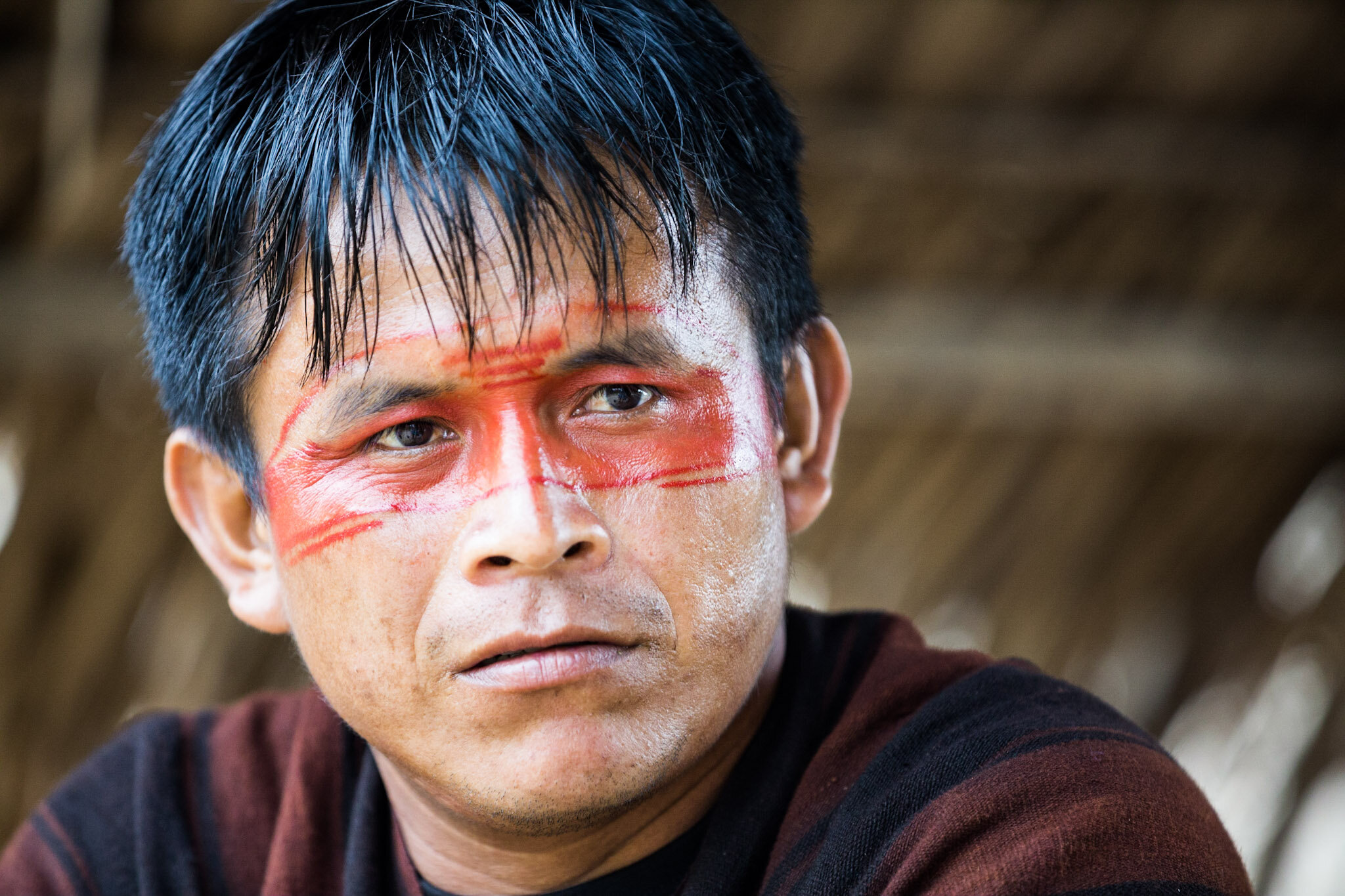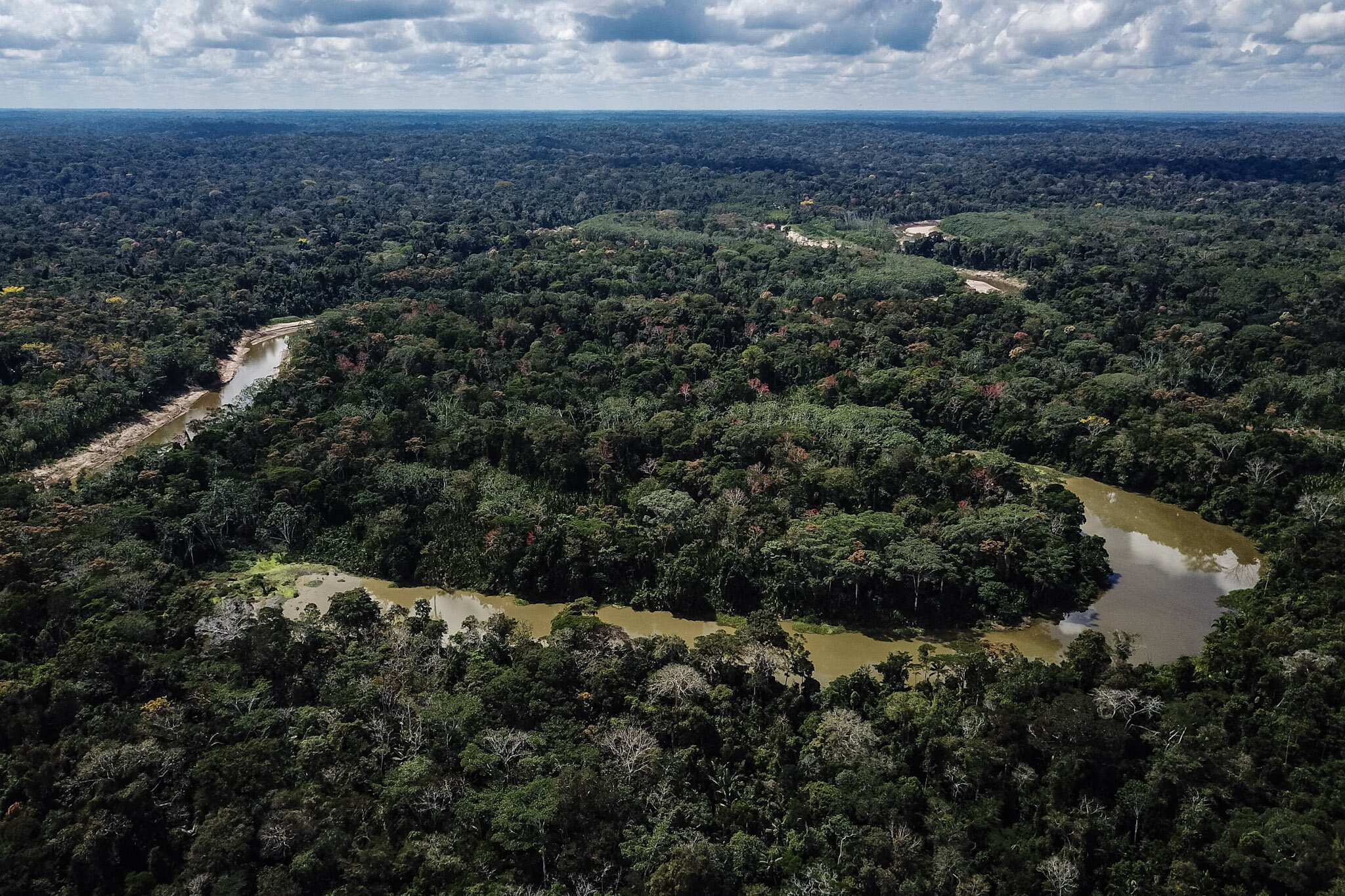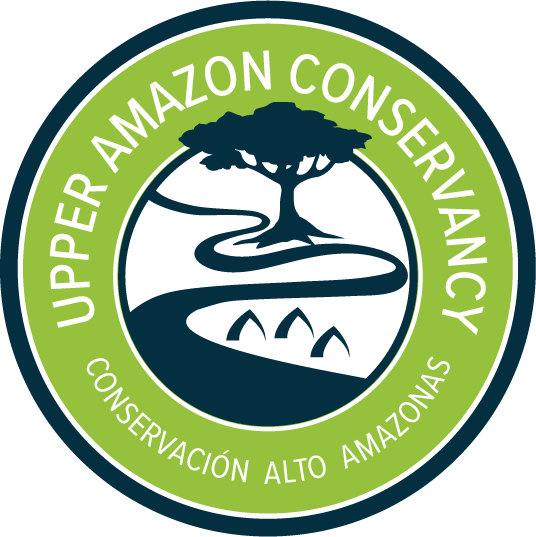Helping Tribes Assess Proposed Road Impacts
The six indigenous tribes of the remote Yurua region are debating the potential impacts, both positive and negative, of a new road. The road would connect the region with the Ucayali River, which serves as a fluvial highway for the Peruvian Amazon.
The Yurua is cut off from the rest of Peru, accessible only by plane or by river from Acre, Brazil. This isolation has minimized logging and other extractive industries that have ravaged more accessible regions, keeping the forests of the Yurua intact. The Ashéninka, Asháninka, Yaminahua, Amahuaca, Yanesha, and Chitonahua tribes live in small communal villages, surviving on mostly subsistence activities like hunting, fishing, and tending small gardens. The forests upstream beyond the villages are protected as the Murunahua Indigenous Reserve, home to two distinct isolated, or “uncontacted” tribes, some of the last such people anywhere on Earth.
Being so isolated also has its disadvantages, and the government is promoting the road as a solution to many of the hardships facing the Yurua communities: better access to markets to buy and sell goods, improved health care and government services, and easier travel to the city of Pucallpa. However, local leaders are not convinced. Arlindo Ruiz, chief of the Ashéninka community of Dulce Gloria, explains:
“Everyone is saying that the road will bring development but we don’t see how it will benefit us, maybe the store owners, but we don’t have large products to sell. On the other hand, our forests could be cut by loggers who will want to enter. I keep hearing about the road but we haven’t been consulted by anyone. I have a strong position against it — I need to protect my people.”




Many believe the road is being promoted by those hoping to take advantage of new, intact forests for logging, land trafficking, and illicit drug activity. Recent satellite imagery already shows new coca farms and a half dozen clandestine airstrips deep in the jungle along the road’s path, clear evidence of the growing threat of narco-terrorists to the forests and tribes of the Yurua. This could include large-scale migration to the Yurua resulting in widespread deforestation, a dramatic increase in hunting and fishing that impacts the local resource base, and likely invasions into the Murunahua Indigenous Reserve and displacement of the isolated tribes who live there. A year ago, UAC documented the spread of the narco-terrorist state that is moving from the central jungle to remote lowland regions like the Yurua.
A new grant from Rainforest Action Network (RAN) will allow us to provide the tribes with accurate information on road impacts so they can decide whether to support or oppose the road, and to ensure that the government complies with all laws protecting indigenous rights throughout the evaluation and planning process.
The proposed road (in red) will connect the Yurua with the Ucayali River at the logging camp called Nueva Italia. Satellite imagery shows that new coca farms and airstrips have already been cleared along the road’s path, clear evidence of the growing threats associated with narco-terrorism on the forests and people of the Peruvian Amazon (click to enlarge).
